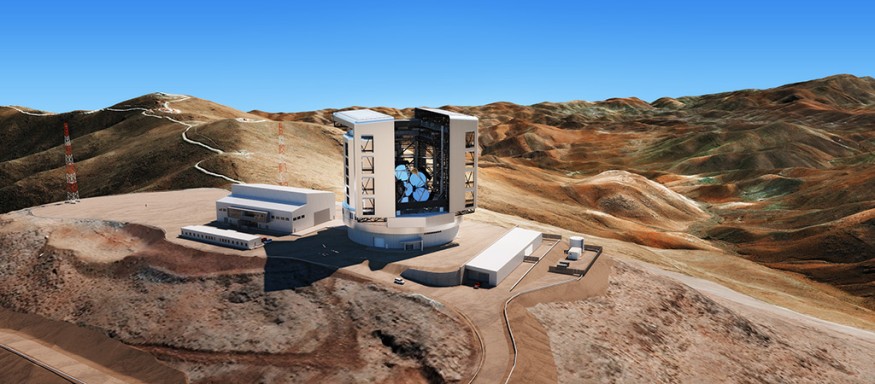
For centuries, humans have always been curious about the universe, of what lies beyond the atmosphere. Ancient civilizations would often develop contraptions to see beyond the earth. Humankind's knowledge of the universe has expanded greatly in recent years. Before, we only think that there are only us and the solar system; now, we are bombarded with left and right discoveries of exoplanets just lurking outside our home system, making us question if we are alone in the universe.
Enhanced Telescopes For Venturing Further into Space
It is no surprise that these discoveries would only fuel further curiosity among astronomers and astrophysicists, which led to the development of enhanced giant telescopes, and one of the most awaited of these giant telescopes is the Giant Magellan Telescope (GMT). The GMT is the ambitious project of the GMTO Corporation that established the GMT Project, which is composed of scientists from Harvard University, the Smithsonian Institution, alongside scientists from the Australian National University, Astronomy Australia Ltd., the Carnegie Institution for Science, Korea Astronomy and Space Science Institute, Sao Paulo Research Foundation, University of Texas Austin, Texas A&M University, University of Arizona, and the University of Chicago.
Construction of the GMT is now cemented with contract
This project is set to be accomplished by 2029 and is now in the way for the construction of its steel structure. The GMTO Corporation has successfully secured the help of two firms for the construction of the observatory. A contract worth $135 million was awarded to MT Mechatronics and Ingersoll Machine Tools located in Muniz, Germany, and Illinois, respectively.
The steel structure will act as a skeleton for the telescope and may weigh up to 1,800 tons. This will hold the seven mirrors that will allow the telescope to capture images smoothly. Due to its large size, the structure will be shipped to the Las Campanas Observatory in Chile through the Panama Canal. Manufacturing the steel structure can be considered as a major step in the completion of the Giant Magellan Telescope.
In a statement released by the GMTO Corporation, president Robert Shelton said: "Manufacturing the telescope structure is one of the biggest steps we will take on our journey in building the Giant Magellan Telescope." The structure is set to be delivered in Chile by the year 2025, and the installation of the mirrors will commence three years later.
These mirrors will serve an important role in capturing astronomical images. According to Harvard University's Center for Astrophysics, the light from the universe will first be reflected in the primary mirrors, then move to the smaller mirrors and will travel down to the central primary mirror. This will enable the Giant Magellan Telescope to capture astronomical elements 10x clearer than the Hubble Space Telescope.
MT Mechatronics is commissioned to design the steel structure, which is 80-ft wide while the Illinois-based Ingersoll Mechanics and Tools are assigned to assemble the structure and put its effectivity to test.
The estimated weight of the whole observatory—structure and mirrors altogether—is 2,100 tons and will be situated at the peak of the Chilean Andes. The mountain range has proven to be one of the tallest and driest locations on the planet, which makes it the perfect location of the Giant Magellan Telescope.
The Giant Magellan Telescope is one of the three ground-based mega telescopes and is set to be completed and fully functional by 2029—nine years later than planned. Early this August, two of the mirrors for the Giant Magellan Telescope were finished in their headquarters at the University of Arizona, the third telescope is on its way to production, and GMTO Corporation hopes that mirrors 6 and 7 will start its casting by 2020 and 2021, respectively.











